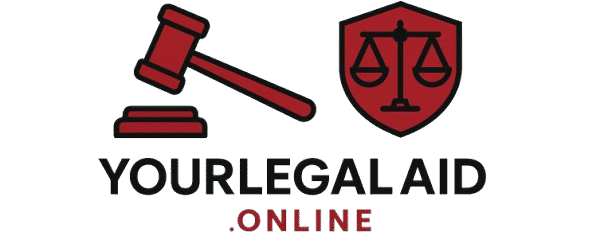Citation:
AIR 1980 SC 1789 | (1980) 3 SCC 625
Bench Strength:
5 Judges (Constitution Bench)
Date of Judgment:
July 31, 1980
🧭 Background and Context
This case was a direct continuation of the constitutional debate sparked by earlier landmark cases—Golaknath (1967) and Kesavananda Bharati (1973). After Kesavananda, where the Supreme Court introduced the Basic Structure Doctrine, Parliament responded with constitutional amendments aimed at reasserting its supremacy.
Key among them were:
- 42nd Amendment Act, 1976 (passed during the Emergency), which:
- Made Directive Principles superior to Fundamental Rights (Amended Article 31C).
- Barred judicial review of constitutional amendments (Articles 368(4) and 368(5)).
Minerva Mills Ltd., a textile company in Bangalore, was nationalized under the Sick Textile Undertakings (Nationalisation) Act, 1974, and challenged the 42nd Amendment as unconstitutional.
⚖️ Key Legal Issues
- Can Parliament amend the Constitution in a way that destroys the balance between Fundamental Rights and Directive Principles?
- Are Articles 368(4) and 368(5), which prevent judicial review of constitutional amendments, valid?
- Does Parliament have unlimited amending power?
🧑⚖️ Arguments from Both Sides
Petitioners (Minerva Mills):
- Argued that the 42nd Amendment violated the Basic Structure of the Constitution.
- Claimed that judicial review is essential to maintaining constitutional supremacy.
Respondent (Union of India):
- Argued that the amending power under Article 368 is plenary and not subject to judicial limitation.
- Defended the primacy of Directive Principles in achieving a just and equitable society.
🧾 The Verdict
The Supreme Court struck down parts of the 42nd Amendment by a 4:1 majority and reasserted the Basic Structure Doctrine.
Key Findings:
- Struck down Section 4 of the 42nd Amendment (which amended Article 31C):
- It gave primacy to Directive Principles over Fundamental Rights like equality and freedom.
- Court held that Fundamental Rights and Directive Principles must be harmonized, not ranked.
- Struck down Sections 55 (Articles 368(4) & (5)):
- These sections barred judicial review of constitutional amendments.
- Court declared judicial review to be part of the Basic Structure and hence inviolable.
- Limited Parliament’s Amending Power:
- Reiterated that Parliament can amend the Constitution, but not destroy its basic structure.
🧱 Basic Structure Elements Reinforced in This Case
- Judicial Review
- Limited power of Parliament to amend the Constitution
- Harmony between Fundamental Rights and Directive Principles
📜 Impact and Legacy
- Cemented the Basic Structure Doctrine introduced in Kesavananda Bharati.
- Restored judicial supremacy in constitutional interpretation after the Emergency.
- Safeguarded citizens’ Fundamental Rights from legislative overreach.
- Prevented future authoritarian abuses of power, especially under the guise of socio-economic reforms.
🧠 Trivia and Facts
- The judgment was delivered under Chief Justice Y.V. Chandrachud, one of the longest-serving CJIs in India.
- Justice P.N. Bhagwati gave a dissenting opinion, favoring broader interpretation of Directive Principles.
- This case is often cited as a turning point in post-Emergency constitutional healing.
🧭 Conclusion
Minerva Mills v. Union of India is a foundational judgment in Indian constitutional jurisprudence, not only because it protected Fundamental Rights but also because it preserved the idea of constitutional supremacy through judicial review. It reaffirmed that no authority, including Parliament, can compromise the Constitution’s core values—securing the democratic framework, individual liberty, and balance of powers in India.
